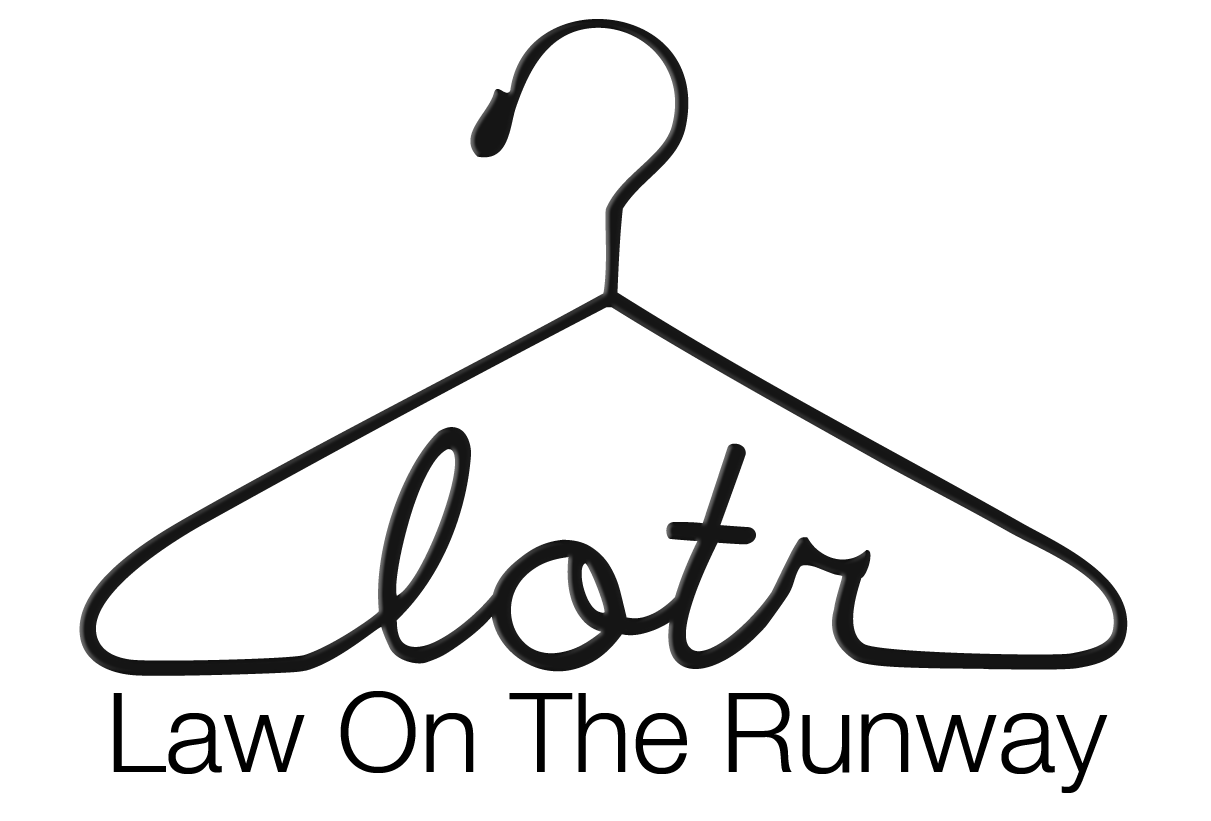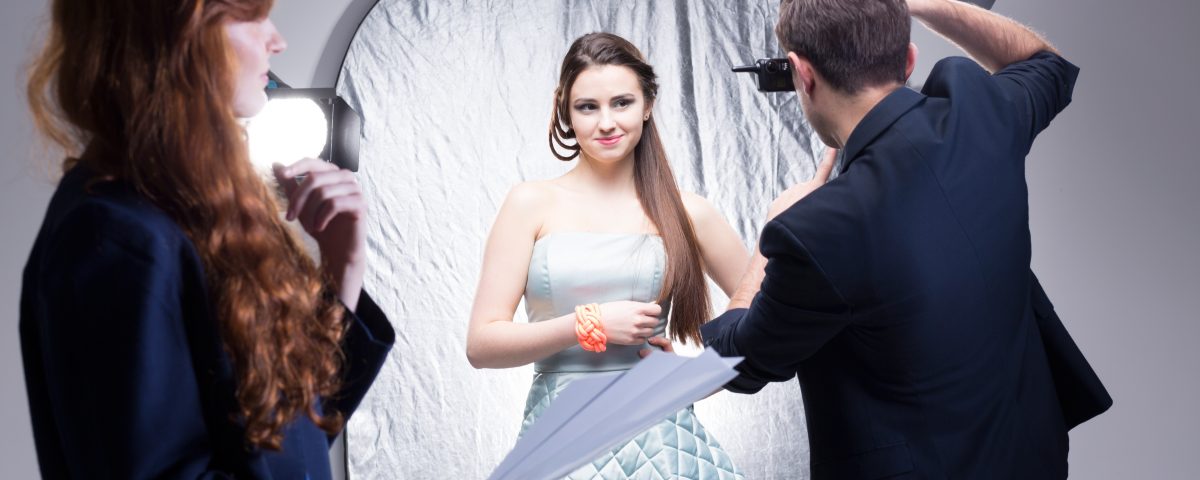Thinking of Lending Your Clothes? Fashion Designers, You Need a Pull Letter

Sustainability and Transparency: Tips and Considerations for Green Marketing
October 16, 2016
Law On The Runway’s Report from the Supreme Court (Star Athletica v. Varsity Brands)
November 4, 2016In the fashion industry, visibility is one of the most strived for elements for success, especially if you are just starting out. As a designer, you might immediately agree to lending your clothes to a publication without putting much thought into it. But what if something happens to your goods? Who will be held responsible? Those concerns are the reason why you need a pull letter.
A pull letter, or letter of responsibility, is an agreement between a designer, a showroom or a boutique and another party who wants to “pull” clothes for a photoshoot, whether that’d be a photographer, a freelance stylist or a magazine. A pull letter determines who will be responsible for loss, theft or any damages to the borrowed clothes and accessories. Having such a document is essential because it will ensure that you, as a designer, have a recourse against the other party if anything were to happen to your goods.
Here are certain elements to discuss and include in your pull letter. This post is meant to be taken as general information, not legal advice. You should contact an attorney to help your draft a letter of responsibility.
Name and role of involved parties Who are you lending these clothes to? What role will they be playing in the photoshoot? If you are lending your clothes to a stylist, make sure to ask whether or not the stylist is employed by a publication. If the stylist is freelancing, make sure to get the publication’s editor’s contact information.
Details regarding the shoot Try to get as many details as possible about the photoshoot. When will it happen? Where will take place? What is the theme? It is really important to keep control of how your items are being used. Having a clear description of what the photoshoot will be like is an efficient way to guarantee your items will be used for the intended purpose.
Duration of loan When will the stylist or photographer need the clothes for? When do you want them to be returned to you?
Description of loaned items This is one of the most essential elements in a pull letter. You must include a detailed list of everything you will be lending: model name, model number (if applicable), size, color, etc. You might also want to include pictures of each item (front, back, and side) not only to prevent any confusion, but also to have a proof of the items’ initial condition before the shoot.
Responsibility You absolutely need to determine who will be taking responsibility if anything were to happen to your clothes. Ideally, the borrower would be held responsible for damages. This includes material damages to the clothes, but can also include reputational damages to your brand if the borrowed items are used for a purpose you did not agree to.
Deposit Before you let anyone borrow your clothes, you should ask the other party for a deposit to cover possible damages or for their credit card information. You also want to include the types of damages the deposit will cover. Including such a clause in your pull letter will ensure that you can be compensated immediately, even if the other party decides to deny the fact that material damages were caused to your clothes or if the borrowed items were used for a purpose other than the one stated in the letter of responsibility.
Additional costs Many expenses come along with lending clothes, so try to think of any expenses you will have to incur because of this and discuss how you can share the burden with the other party. For instance, if the individual who is borrowing items from is in another city, you might want to determine beforehand who will be taking charge of the shipping costs. Many publications have a shipping number you can use to send the items at no cost for you. If you want the items to be dry cleaned before they are sent back or if you want to split dry cleaning costs, you should also include such a clause in your pull letter.
Credits and rights As mentioned previously, one of the main benefits that come with stylists and photographers using your clothes for a photoshoot is the visibility you will get. You therefore should discuss getting credited wherever the shoot will be published. You might also want to get the right to use those pictures on your social media platforms or on your website for additional visibility.
Option to buy In certain cases, the borrower might want to purchase one or many of the pieces that were pulled for a photoshoot. In that case, including a clause outlining the purchase price for the loaned items might be useful. Will the borrower have to pay full-price? Depending on the situation, it might be interesting to give a small discount to further convince them. You should therefore discuss such terms with the other party.
As with all Law on the Runway posts, please use this as general information, not as legal advice. Make sure to contact an attorney to help you draft your pull letter. If you have any questions, please email hello@lawontheruway.com.

